THIS WEEK: Time is super-limited this week (every once in a while, real-life calls), so Kyle is focusing on one comic – the last bi-weekly issue of Dan Jurgens’ delightful Action Comics run aka there’s no Round-Up this time around – I’ll make it up to you next time! In better news, Andrea Ayres joins us for a special guest review of the first issue of Eternity Girl!
Note: the reviews below contain **spoilers**. If you want a quick, spoiler-free buy/pass recommendation on the comics in question, check out the bottom of the article for our final verdict.
 Action Comics #999
Action Comics #999
Review by Kyle Pinion
Writer: Dan Jurgens
Artist: Will Conrad
Colorist: Ivan Nunes
Letterer: Rob Leigh
Typing out the #999 after a title is such a weird feeling, I can’t imagine what it must have been like to make the thing. But it’s real, and we’re on the cusp of the first #1000 issue in American superhero comics history (a bunch of caveats I’m adding in case something overseas has already hit that landmark, and again – my time is crunched this week, so I don’t have the ability to check in on that factoid). With Brian Michael Bendis on his way to take over the Superman titles – and literally every ancillary book, New Super-Man excepted, being cancelled in his wake – this seems like a good time to look back at Dan Jurgens‘ run, and maybe everything more broadly within the line, before touching on the issue itself briefly.
When I had heard Jurgens was coming back to the character for the Rebirth relaunch, my feelings were pretty mixed. Certainly, the man had crafted some of my favorite Superman stories of any era and provided a real backbone for my childhood comics reading. I even recall with anticipation his appearances on QVC of all networks, to stump for whatever the latest storyline was in the Superman family. Guys, there really wasn’t a comics internet back then, okay? And what there was, I didn’t know how to use. I wonder what Steve, the QVC guy is doing these days, anyway?
Back to the point, mixed feelings. Post-Thor, Jurgens hadn’t worked on a lot of comics that really lit my fire, though I knew a few of my pals were boosters of the Lois and Clark series he had just wrapped. As it turned out, his run was probably my favorite of the entire line. Fancy that. You see, if there’s two Jurgens really knows how to nail – it’s the interdynamics between Clark and Lois, and the ability to craft a solidly fun adventure narrative. I can’t really ask for a whole lot of invention in a Superman comic…it’s a Superman comic! As long as I come away entertained and enticed by the promise of the next issue, I’m going to be coming back. It’s basically a 10-15 minute escape into dreamland for me, and of the entire line, Jurgens’ and his collaborating artists (notably Patch Zircher, but a number of others, including himself) held court with me the consistently.
When the Rebirth line first kicked off, I truly did believe that the Superman family of comics was among the strongest of the entire output of the publisher. You had Jurgens putting out some exciting adventure stories in Action, Tomasi and Gleason aiming for interpersonal, smaller stories in Superman proper, Orlando kicked off a nicely pocketed CW-esque Supergirl, and both Jimenez’s Superwoman and Yang’s New Super-Man were delights that expanded my favorite corner of the DC universe remarkably. I think what I at first rued was something that I actually came to appreciate, which was the outsider nature of Superman at the beginning of the run. While for the lay-person, the idea that you had this Superman who was a version of a hero from a parallel earth taking over for a younger Superman who had just died was probably a pretty confusing prospect, and I can see why they shed it in the end. But it also introduced a newer dynamic into the DCU and you had this rather unique element of “he’s an outsider, but he’s also the Superman you always loved”, which kinda fit hand-in-hand with some of the themes that Geoff Johns is playing with in Doomsday Clock, kinda-sorta.
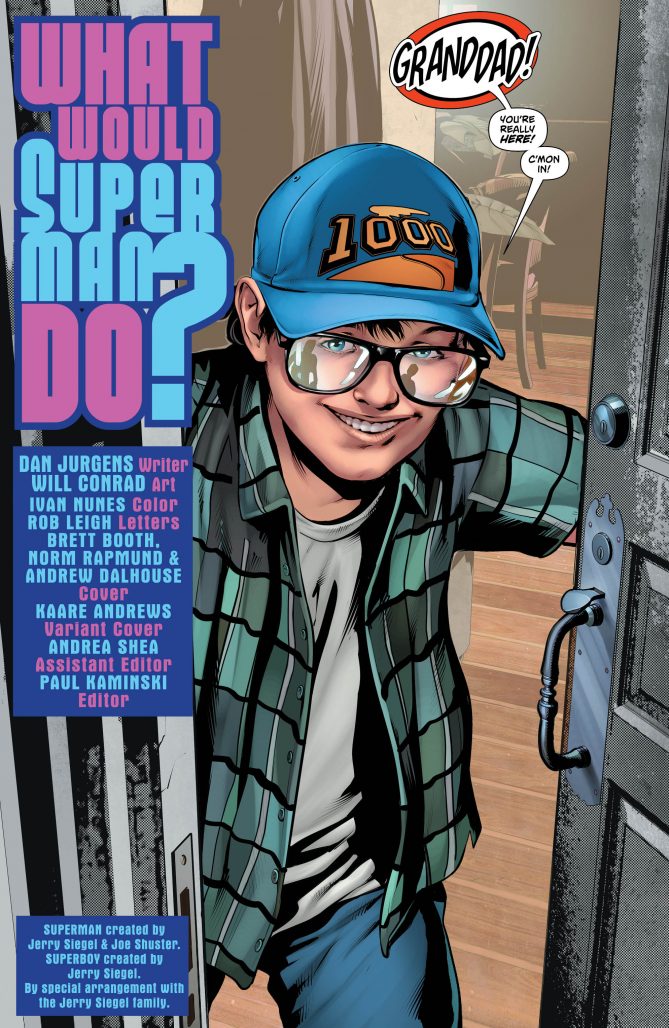
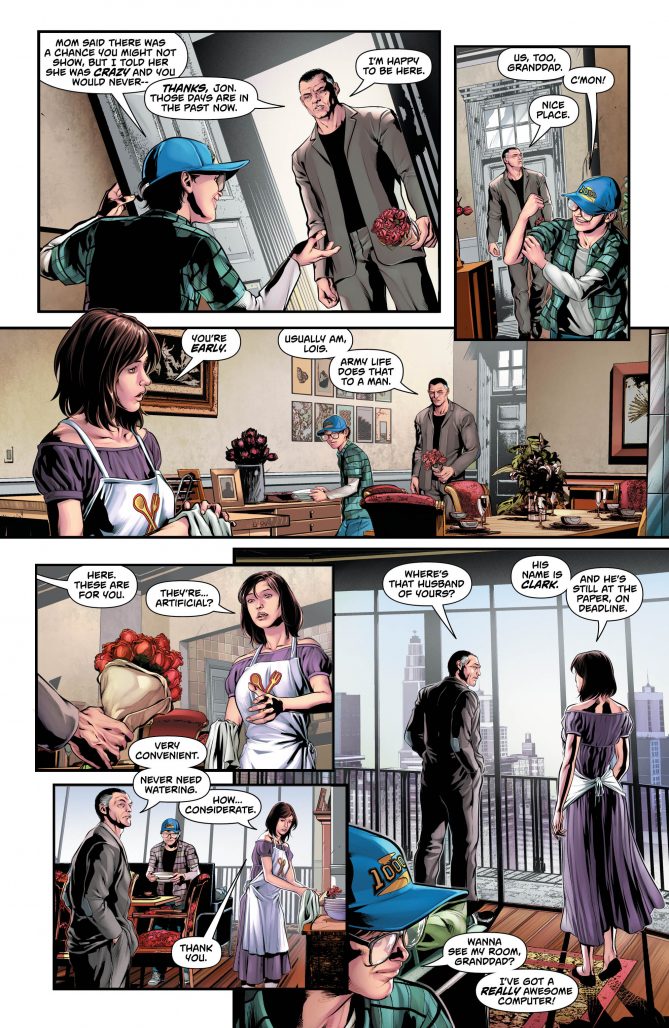
Of the stories that I don’t think worked as well within Jurgens’ wheelhouse in the last arc, the B-plot (which ended up dovetailing pretty nicely with the A-plot as it turns out) involving Lois, General Lane, and Jonathan didn’t really land. That sort of gritty, behind enemy lines type story really doesn’t play to the bigger storytelling instincts that are the hallmarks of his toolkit, and while I could tell he had a tale to tell involving Sam and Lois and their rather fraught relationship, my eyes mostly glazed over during those parts until the two divergent strands found their way to combining. With this week’s issue, the writer puts a bit of a bow on everything he’s been working toward these past few months – and to some extent, the past two years.
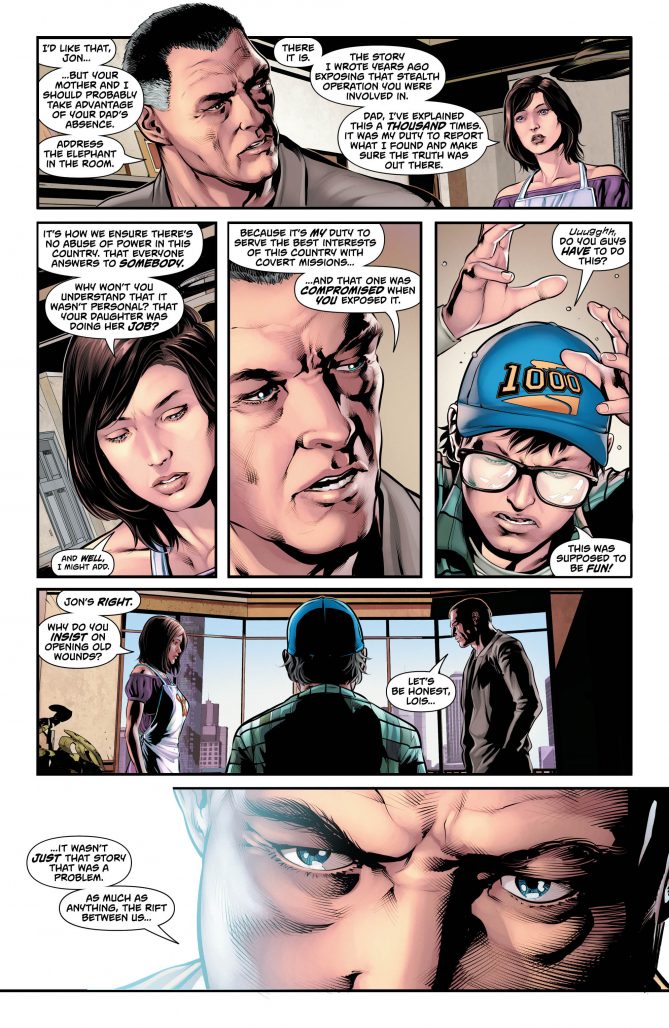
Though surprisingly, the content that turns out to be much more affecting when it comes to yanking the old heart strings is when Superman comes face to face with his old nemesis Hank Henshaw, and it’s here where Jurgens and Conrad pull a bit of an All-Star Superman of a sort, where Clark opts to have mercy on his longtime nemesis, saving him from the Phantom Zone and providing him with a mental escape from his current existence. That Jurgens would write one of his best sequences returning to maybe the best character in his entire tenure within the Superman canon makes sense, the fact that it’s so beautifully brought to life by Conrad is a bonus. He may be one of the few housestyle artists at DC that I get excited when I see his name…and having spent the better part of 2 years reading a publisher’s output, I have come to really appreciate what a huge difference a great artist, or at least one that really appeals to my sensibilities, can make within the confines of a 24 page comic.
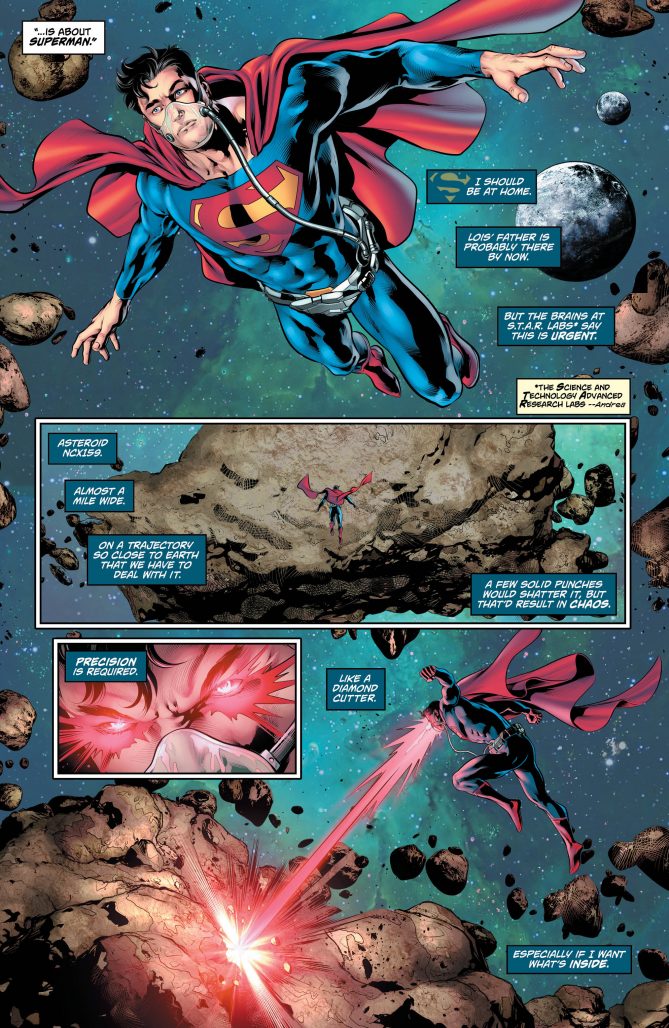
Verdict: Buy
 Eternity Girl #1
Eternity Girl #1
Guest Review by Andrea Ayres
Script: Magdalene Visaggio
Pencils, Ink, Cover: Sonny Liew
Colors: Chris Chuckry
Letters: Todd Klein
Eternity Girl, the much anticipated new miniseries from DC’s Young Animal imprint, is now available. Written by the GLAAD Media Award-nominated Magdalene Visaggio (Kim and Kim), with illustrations from Eisner-winning artist Sonny Liew (The Art of Charlie Chan Hock Chye) and colors by Chris Chuckry (Unwritten). The first entry in the six-issue miniseries offers a unique and heartbreaking look at the heavy cost of trying to belong to a world that doesn’t want to see you.
Eternity Girl opens with Caroline Sharp relaying the details of her childhood to her therapist. She was an ever-attentive student and overachiever, pushed forward by an internal inertia to be something, mean something, achieve something. Sharp sees her therapist twice a week, an effort on her part to repair the damage she’s done and get back in the good graces of her employer. Her therapist recites Sharp’s many accomplishments including her time as a super-spy and the superhero known as Chrysalis for the secretive organization Alpha 13. Despite all her accomplishments however, she still can’t do the one thing she wants to do most in the world, end her life.
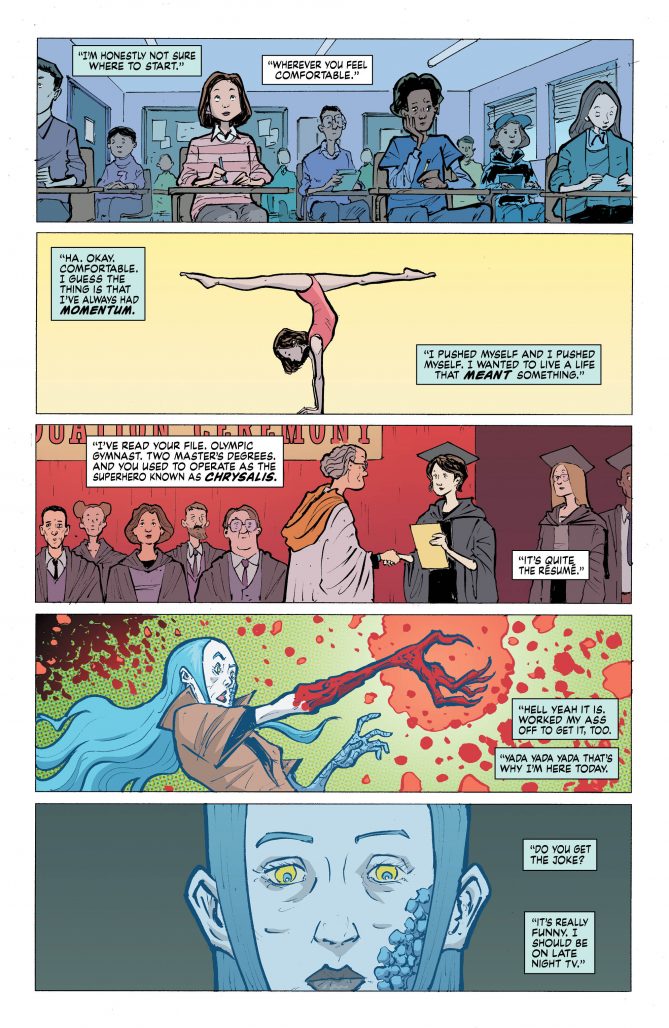
Alpha 13 is housed in a nondescript location nestled between buildings in a city that you wouldn’t notice no matter how many times you walked past it. To help win the war against Madam Atom, we find out that Sharp gave up her human body to become Chrysalis, the superhero who has the ability to reconfigure matter (including her own). Naturally there were some unintended consequences, one of them being ‘the incident.’ While never fully explained, the incident is why Sharp is currently without employment. She lost control over her powers and a woman was injured but more importantly to the director of Alpha 13, property was damaged.
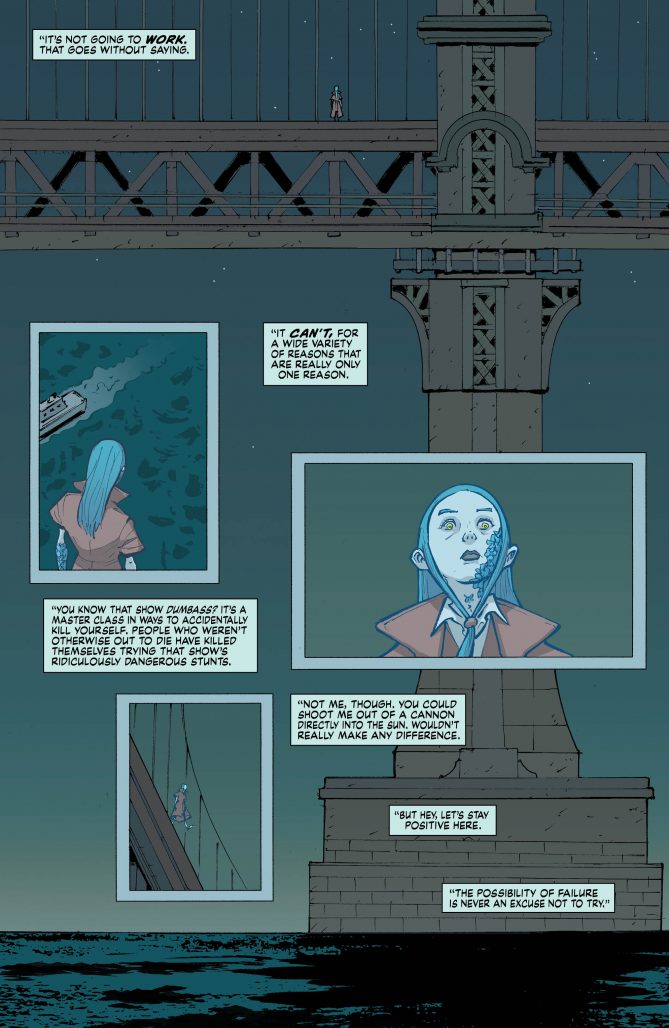
Visaggio’s narrative dances with Liew’s illustrations and is set alight by Chuckry’s color choices. The overall effect is a kind of balmy-summer afternoon acid-trip. Muted tones, patterns, lines and explosions radiate towards us in a non-threatening, but none-the-less unsettling way. I can best liken it to returning home after a vacation only to find that everything in your house has been shifted an inch to the right. Everything that makes your house a home is still there, nothing has been stolen but it’s all in the wrong damn place. Slowly it begins to get under your skin. Did you move everything? Did anything actually move or change at all? It’d be easier, you think to yourself, if everything had just been taken, if it all disappeared. Then you wouldn’t be left with this worm in your head curling its way downward, inward and outward.
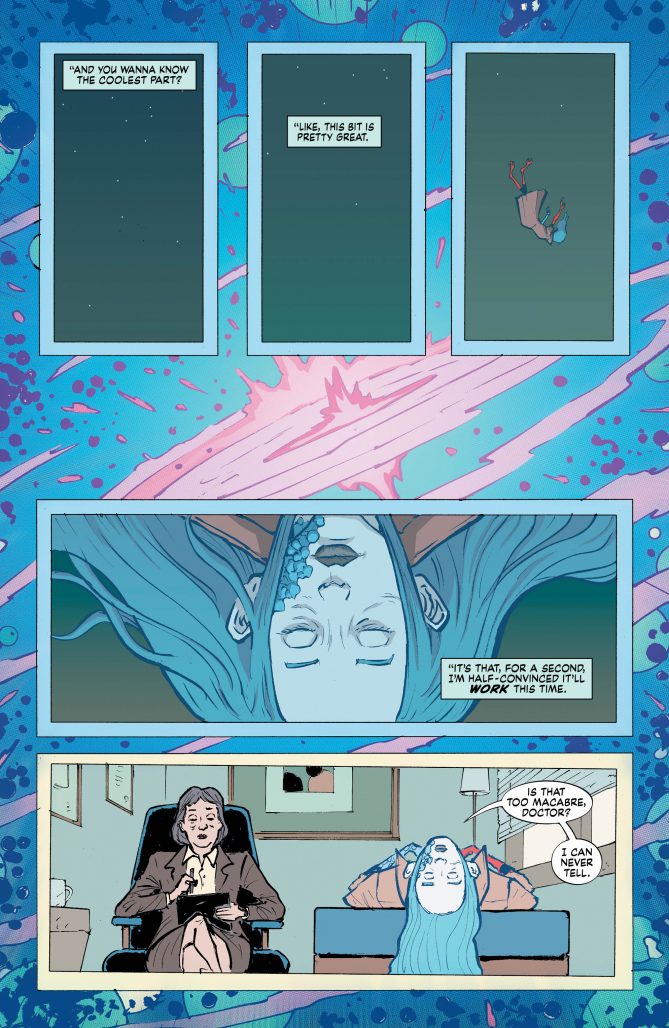
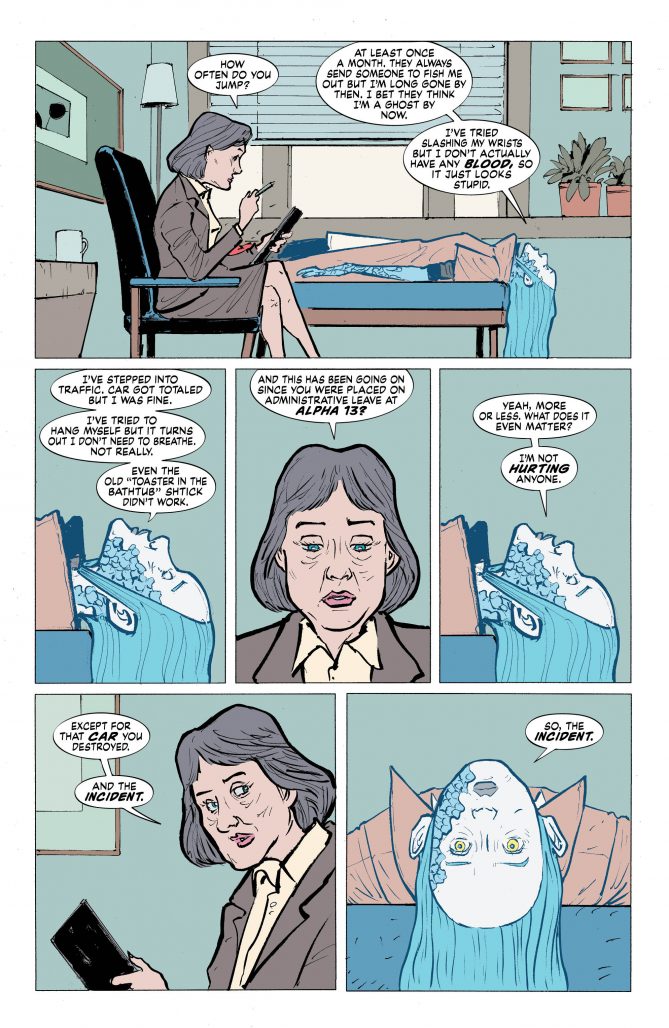
At the end of the first issue, Madam Atom returns to tell Sharp (aka Chrysalis) that she can have what she desires most–the ability to die–all she has to do is destroy the world. As Sharp struggles to both matter and hold matter, it’s a new challenge and achievement to reach towards, something to latch on to. Eternity Girl feels perfectly poised to dive into the modern human psyche to reflect little nuggets of truth back to us whether we wish to acknowledge them or not.
Verdict: Buy


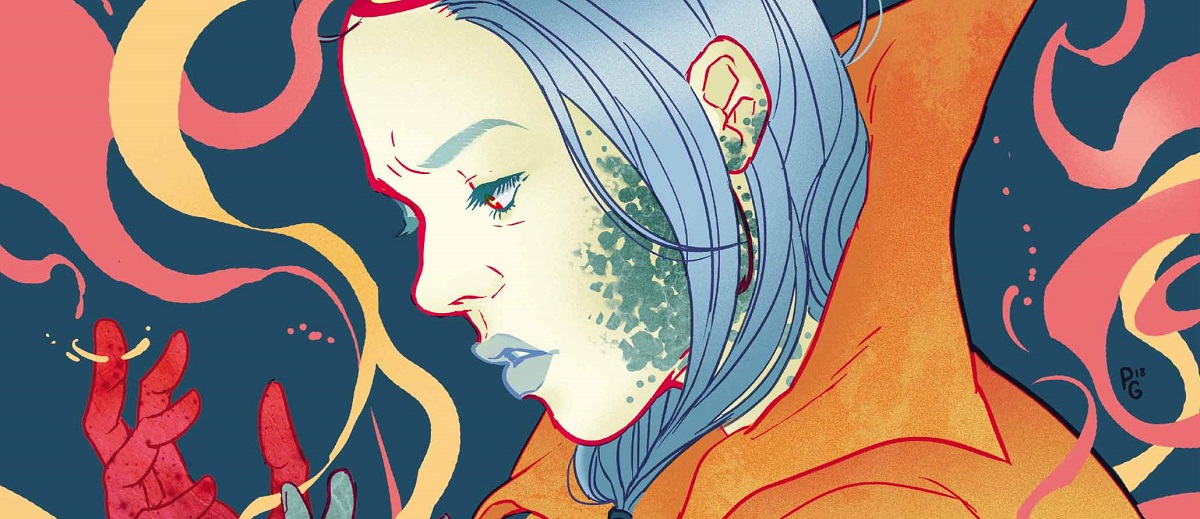
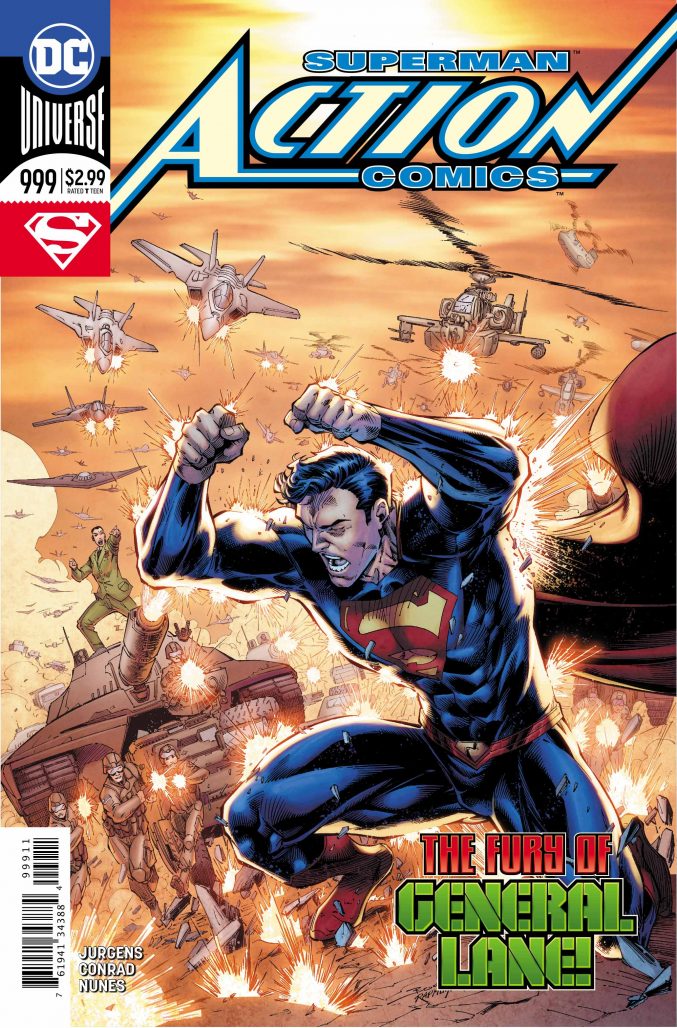 Action Comics #999
Action Comics #999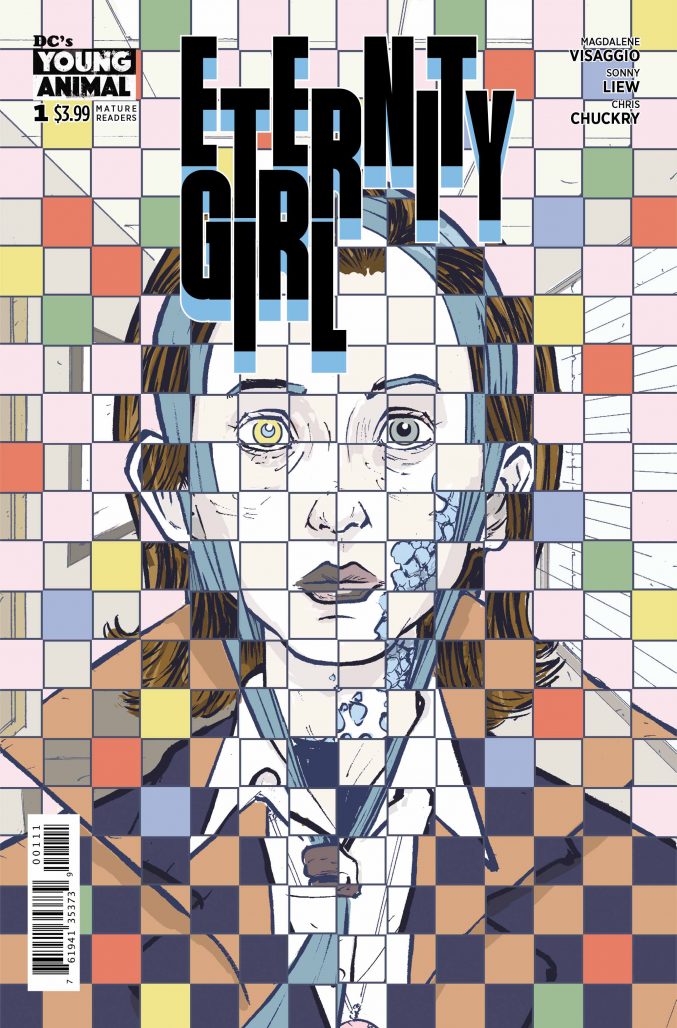 Eternity Girl #1
Eternity Girl #1





I enjoyed this issue of Action because if highlighted exactly the kind of character Superman should be; that even his worst enemies aren’t irredeemable. He should be a beacon of hope and agent for positive change, and that’s just what he is/was here.
Comments are closed.